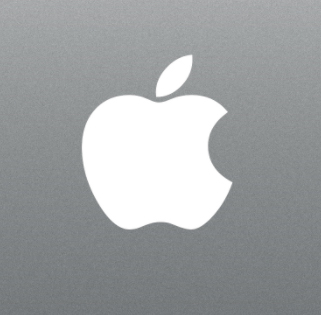
Apple and Google today said that 25 U.S. states and territories are exploring use of their Bluetooth contact tracing solution. That’s part of why they’re rolling out Exposure Notifications Express, a way for public health officials to quickly launch COVID-19 contact tracing apps. Exposure Notifications Express is focusing on adoption by U.S. states today, not national governments, Android VP of engineering Dave Burke told reporters.
“Our primary focus right now is on the U.S. We’re really challenged with how can we speed up adoption of Exposure Notifications Express for the U.S. states. Obviously we’re happy to talk to countries who are interested, but so far our focus really has been on wrapping up the U.S.,” he said. “That was really the impetus for EN Express … to effectively allow us to close the gap on the other 25 states that may have found it more difficult or taking more time to build an application. Our goal is to get the broadest reach possible across the U.S.”
Apple and Google today shared the same number of countries seeking adoption — more than 20 — as it did back in May.
This is the Phase II expansion of the Apple-Google contact tracing app program. Before today, public health officials could launch apps using the Apple-Google approach to Bluetooth Low Energy exposure notifications but required help from a developer. In Phase II, iOS and Android smartphones will automatically log COVID-19 exposure notification events without the need to download an app. Exposure Notifications Express capabilities are being introduced today as part of an iOS update and later this month for Android users.
“We’ve been exploring different app uptake levels for some time in the U.K., and we’re really pleased to see that contact tracing apps in the U.K. and the USA have the potential to meaningfully reduce the number of cases, hospitalizations, and deaths at all levels of app uptake across the population,” Fraser said in a statement. “For example, we estimate that a well-staffed manual contact tracing workforce combined with 15% uptake could reduce infections by 15% and deaths by 11%.”
Since contact tracing apps emerged at the start of the pandemic, a number of countries that were early adopters of such apps have struggled to reach adoption levels of 10-20%.
